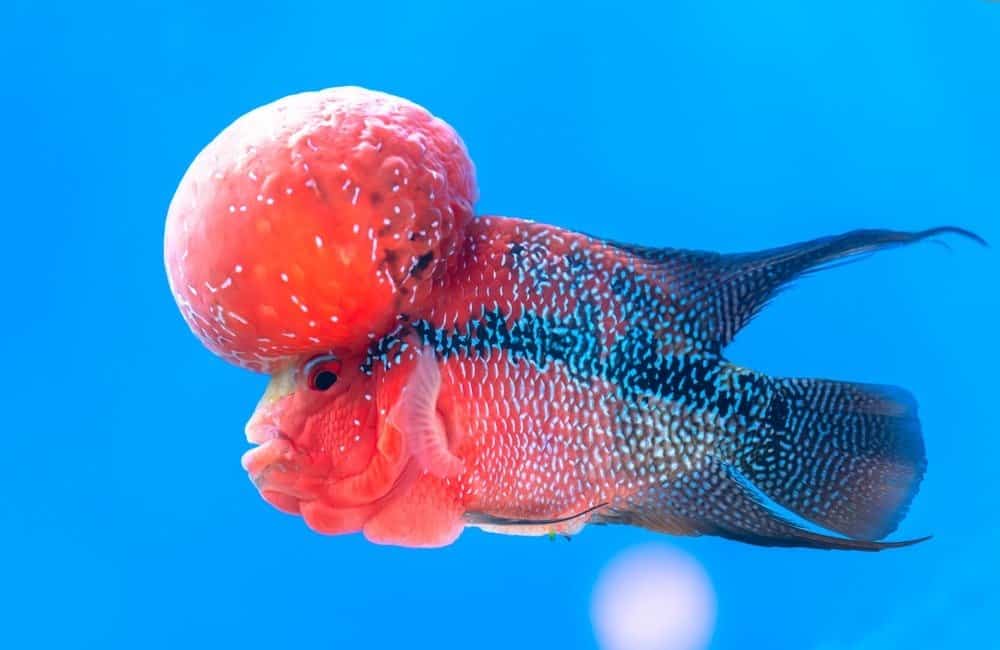

Malawi is one of the great rift lakes of Africa. They mainly come from a location called the Nkhata Bay region. Water Temperature: 75 to 82 F°/ 24 – 28☌Ĭompatibility: Fellow Mbunas from Lake Malawi like Pseudotropheus demasoni, Labidochromis caeruleus, Melanochromis johanni and Synodontis catfishĬobalt Blue Zebra Cichlid come from the rocky shores of Lake Malawi, Africa. Frozen: Brine Shrimp, Mysis, Pacifica plankton, bloodworms Scientific names: Maylandia callainos, Pseudotropheus callainos and Metriaclima callainos.Ĭommon Names: Cobalt Blue Zebra Cichlid, Cobalt Blue Mbuna, Pearl Zebra Former, Cobalt Blue Cichlid or Zebra Malawi CichlidĬolour: Males are fluorescent blue. The blues-colored Zebra Cichlids are widely available, so it is easy to find cichlids in any cichlid-pet store.īefore you buy adult individuals, make sure you check for symptoms of disease.Įach fish in a healthy tank could potentially live for 10 years. While their basic needs are simple, having some experience is beneficial in order to better deal with their protective natures. They are a freshwater African cichlid species native to Lake Malawi, which also produces popular aquarium species such as Peacock Cichlids.įor the beginner aquarist, these species are not the best choice. Their additional scientific names are Maylandia callainos, Pseudotropheus callainos and Metriaclima callainos.Ĭobalt Blue Zebra Cichlid belong to the Cichlidae family. Originally, they were placed in the Metriaclima genus, but this was changed later. Mbuna means rock fish, which describes the species’ preferred habitat. The additional names are Cobalt Blue Zebra, or Cobalt Blue Mbuna, Pearl Zebra Former, Cobalt Blue Cichlid or Zebra Malawi Cichlid. The electric blue colours of the Blue Zebra Cichlid set it apart from other cichlids and will brighten up any cichlid tank. Feed baby brine shrimp or powdered dry foods.The Cobalt Blue Zebra Cichlid, also known as Cobalt Zebra, is a stunning fish. The female will protect her young until they are large enough to fend for themselves. The fry will remain in the mouth of the female for up to 21 days before being releasing. The female will lay about 40 – 60 eggs and then scoop them up into her mouth. Males are able to mate with multiple female partners and for best success keep up to 6 females per male.

Breedingīeing a mouth brooder it is relatively easy to breed in the aquarium. They are also susceptible to a range of other diseases that are common in the aquarium. Feeding more vegetable based foods will eliminate this problem. Malawi bloat is common for the Red Zebra due to an excess of fat and protein. Eating more vegetable based foods like lettuce, zucchini, peas and spinach will help keep Malawi Bloat from occurring.

Red Zebra’s are omnivores, feeding on insects, invertebrates, Spirulina and algae flakes, frozen foods, cichlid flake & pellet food. Suggested tank mates are other Mbuna or Malawi cichlids. They will frequent all areas of the aquarium. This will reduce aggression and also help with breeding. The Red Zebra is best kept with a ratio of 2-3 females per male. Give plenty of room to reduce aggression against other tank mates. Behaviourīeing more laid back than other Mbuna’s, the Red Zebra is still aggressive towards its own type and also toward other species. Secure rocks and ornaments down by making sure they are pushed firmly in the substrate. The more the better as they like to dig up their environment. Gravel or sand can be used but make sure to have a minimum of at least 5cm of substrate. Plants like Anubias, Java Fern, Val work well and also plastic plants. This also give the weaker more submissive the ability to hide and take refuge if fighting occurs. Provide plenty of rocks and caves for this fish to hide and play in. Doing water changes of around 30% each week will maintain this if bio-load is struggling. The Red Zebra are sensitive so keeping water quality high is essential to maintaining good health. Females grow slightly smaller than the males up to 4 inches. Females colours range from a light yellow orange to a bright orange red with 0 – 3 egg spots on the anal fin. Males growing up to 5 inches, are often bright blue sometimes with light to dark barring and 4 – 7 egg spots on the anal fin. The Red Zebra is a Mbuna cichlid and is also know by many other names including Orange Zebra, Cherry Red Zebra, Orange Blue Mouth Breeder, Tilapia Zebra. The Red Zebra Originates from Lake Malawi in Africa.


 0 kommentar(er)
0 kommentar(er)
